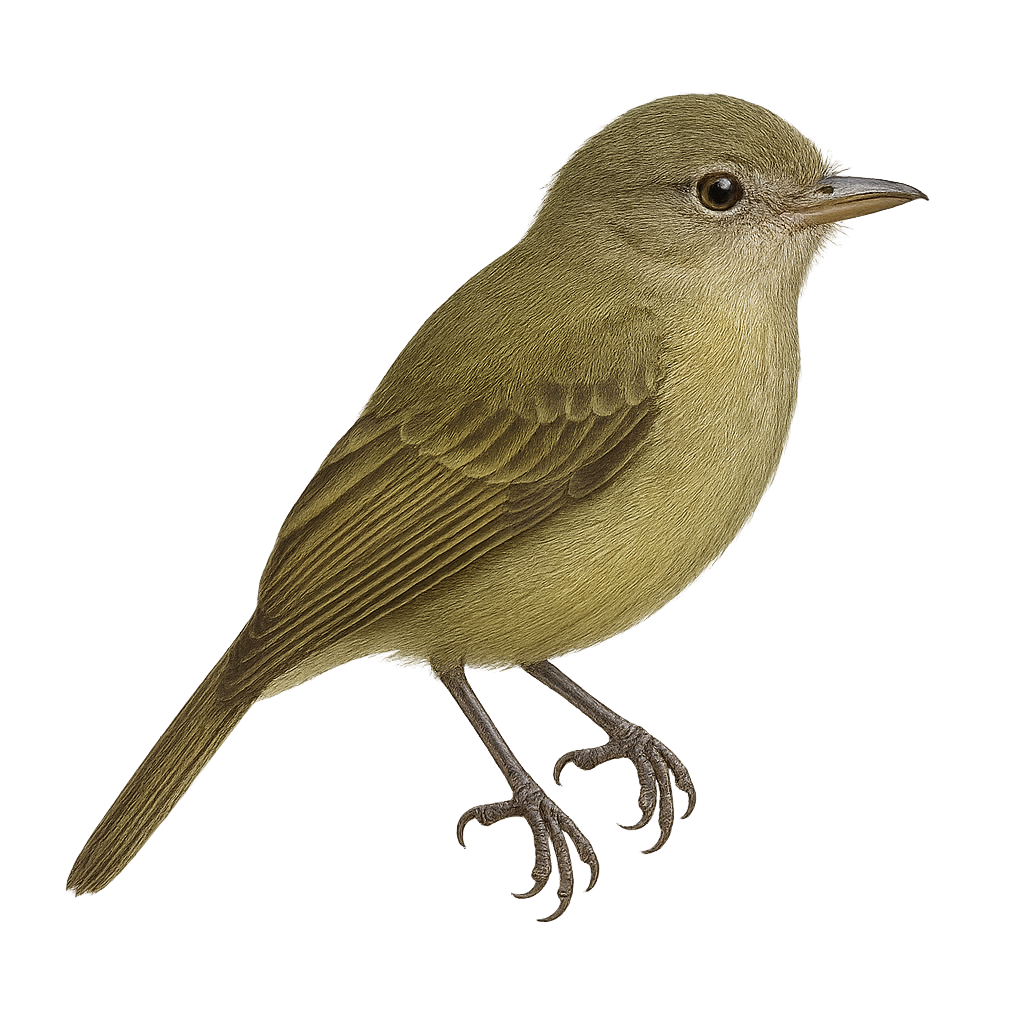Your wildlife photography guide.
Explore the burmeister's tyrannulet in detail, study its behavior, prepare your shots.
Where to observe and photograph the burmeister's tyrannulet in the wild
Learn where and when to spot the burmeister's tyrannulet in the wild, how to identify the species based on distinctive features, and what natural environments it inhabits. The WildlifePhotographer app offers tailored photography tips that reflect the burmeister's tyrannulet’s behavior, helping you capture better wildlife images. Explore the full species profile for key information including description, habitat, active periods, and approach techniques.
Burmeister's Tyrannulet
Scientific name: Acrochordopus burmeisteri

IUCN Status: Least Concern
Family: TYRANNIDAE
Group: Birds
Sensitivity to human approach: Suspicious
Minimum approach distance: 5 m
Courtship display: October to November
Incubation: 13-15 jours
Hatchings: October to December
Habitat:
Moist forests, subtropical forests, tropical forests
Activity period :
Primarily active during the day, with peak activity in the morning and late afternoon.
Identification and description:
The Burmeister's Tyrannulet, Phyllomyias burmeisteri, is a small bird from the Tyrannidae family. It is primarily found in the subtropical and tropical moist forests of South America, particularly in Brazil, Argentina, and Paraguay. This bird is characterized by its olive-green plumage on the back and pale yellow on the belly, with slightly darker wings. It is often seen in small groups or pairs, feeding mainly on insects caught in flight or on leaves. The song of the Burmeister's Tyrannulet is a soft, repetitive trill, often heard at dawn. Although its habitat is threatened by deforestation, it is currently classified as Least Concern by the IUCN.
Recommended lens:
400 mm – adjust based on distance, desired framing (portrait or habitat), and approach conditions.
Photography tips:
To photograph the Burmeister's Tyrannulet, it is advisable to use a 400mm lens or longer to capture precise details without disturbing the bird. Look for it early in the morning when its activity is at its peak. Be patient and discreet, as this bird is suspicious. Use a tripod to stabilize your camera and achieve sharp images. Try to capture its natural behavior, especially when feeding or singing. The soft morning light can add a beautiful ambiance to your photos.
The WildlifePhotographer App is coming soon!
Be the first to explore the best nature spots, track rutting seasons, log your observations, and observe more wildlife.
Already 1 430 wildlife lovers subscribed worldwide

